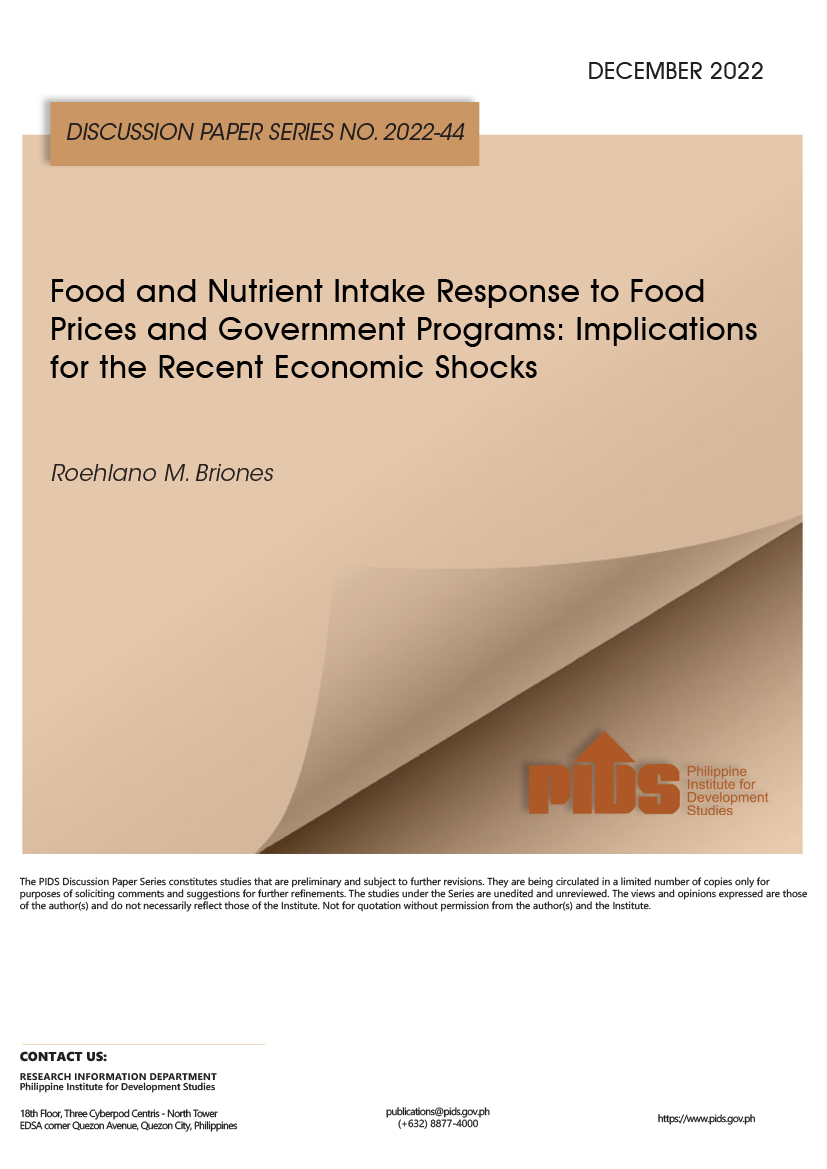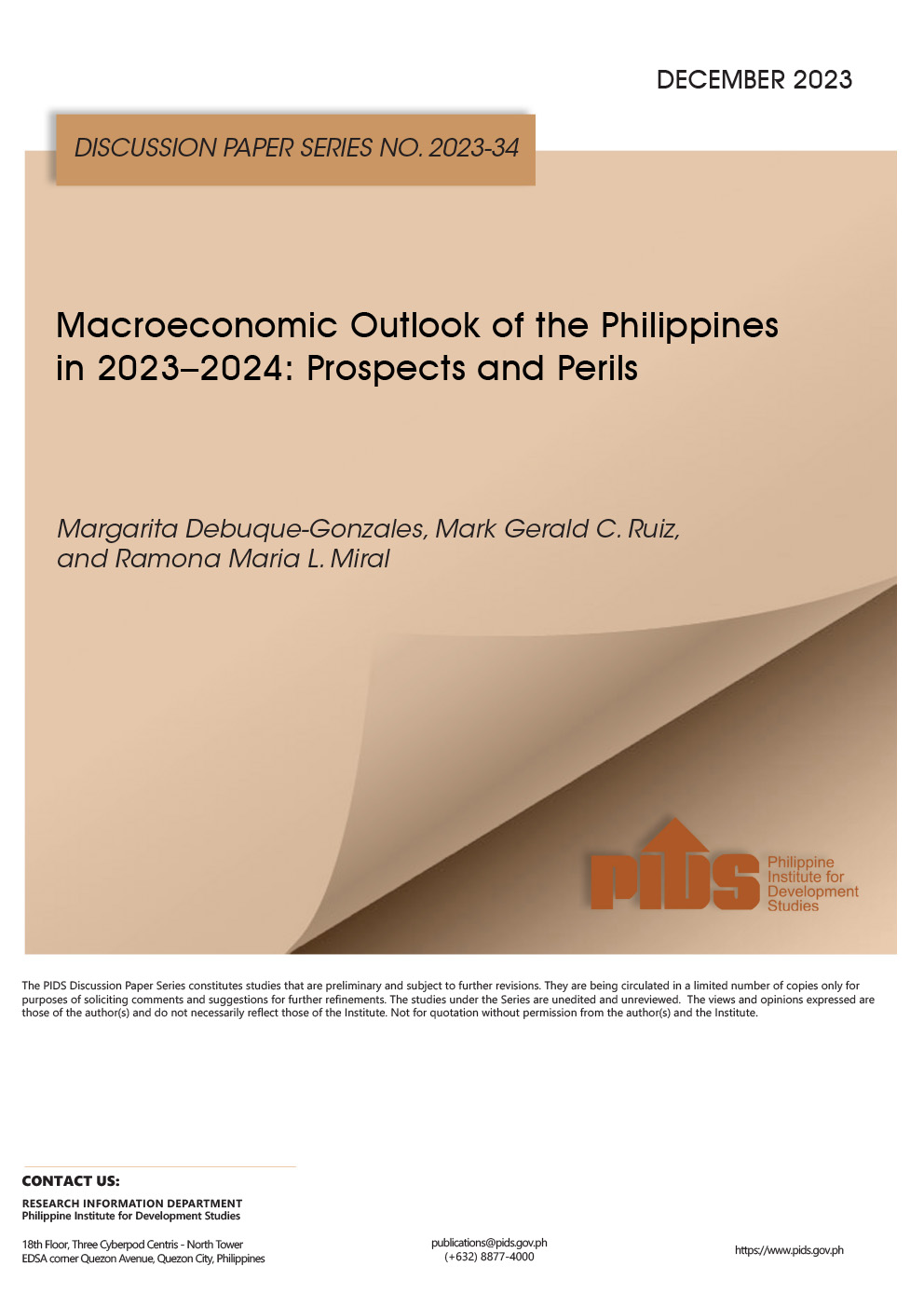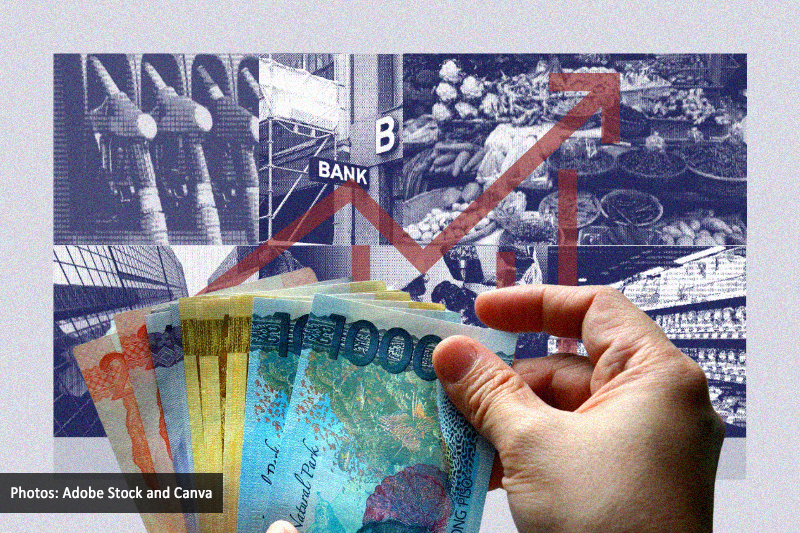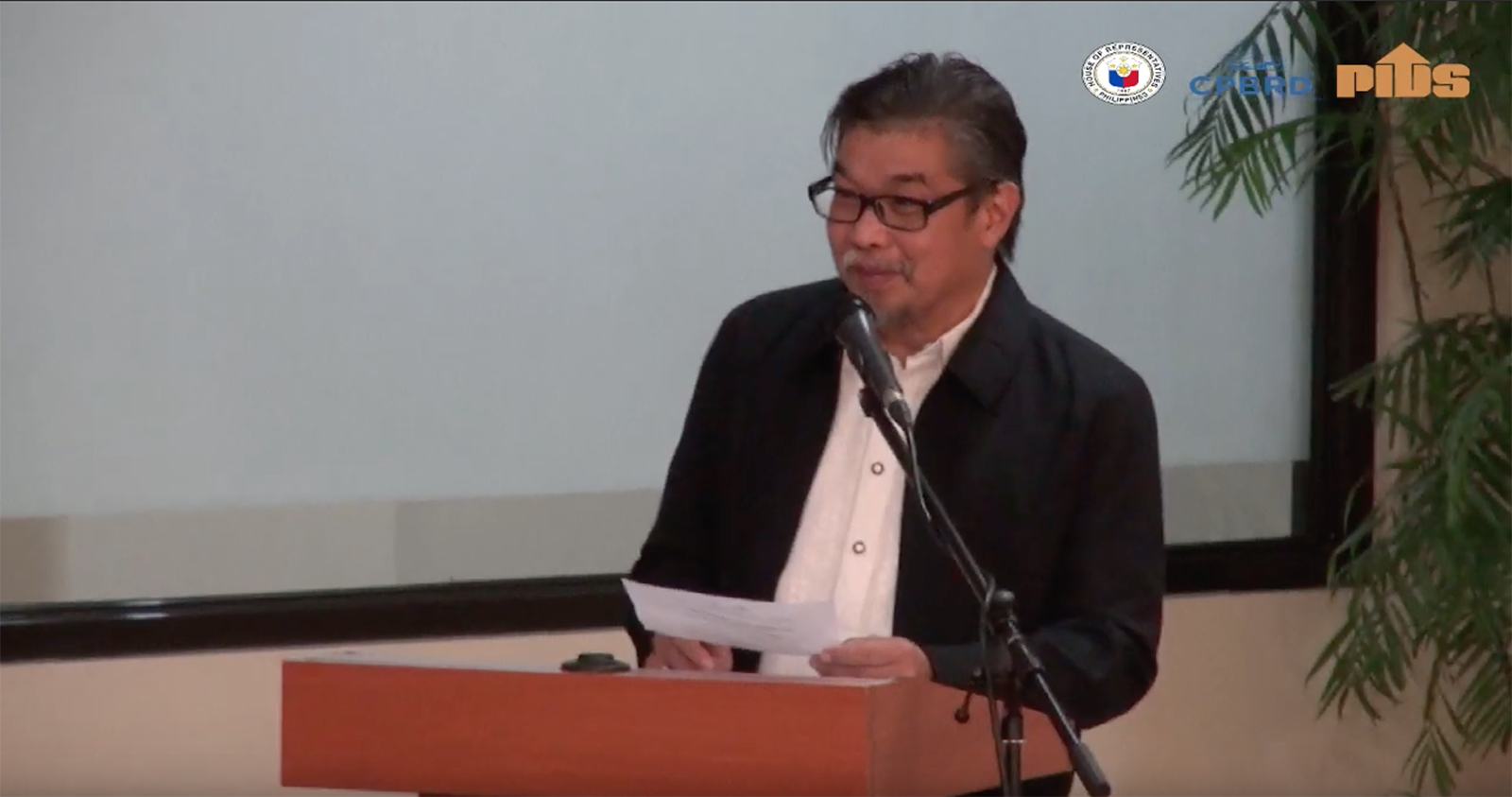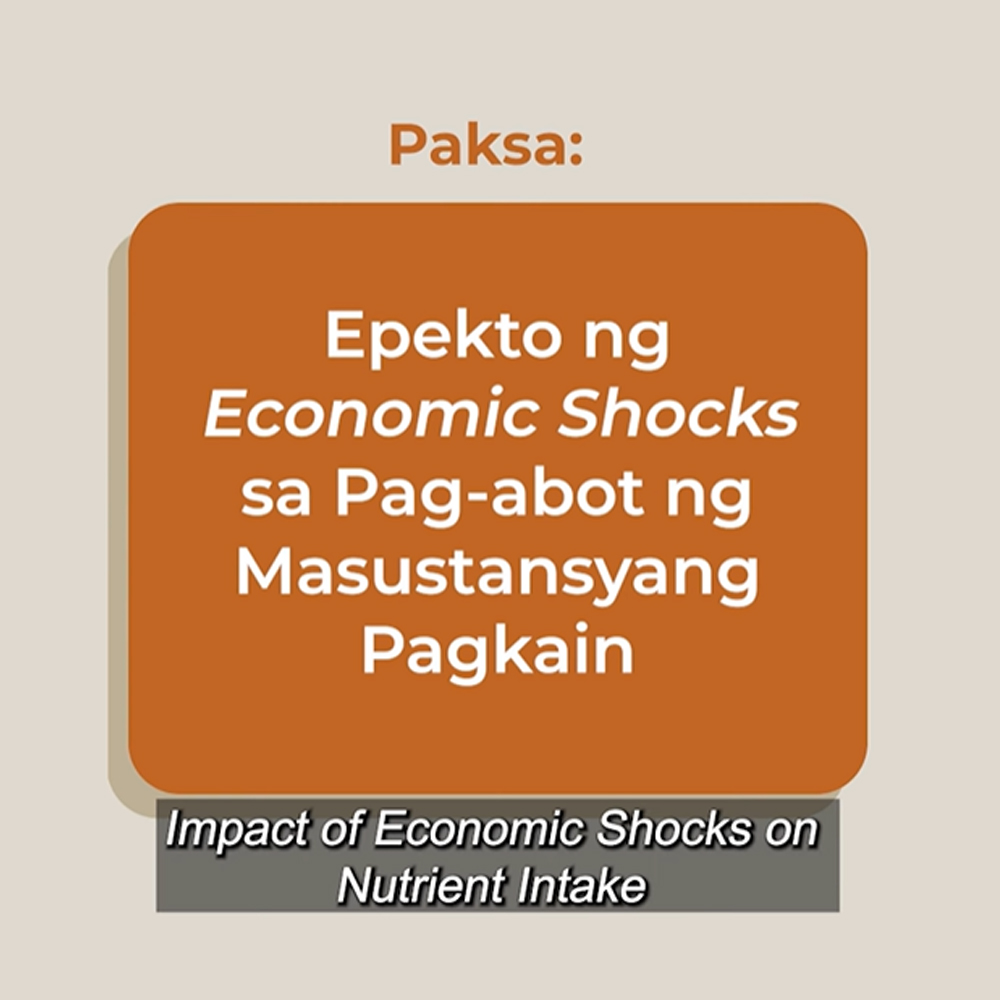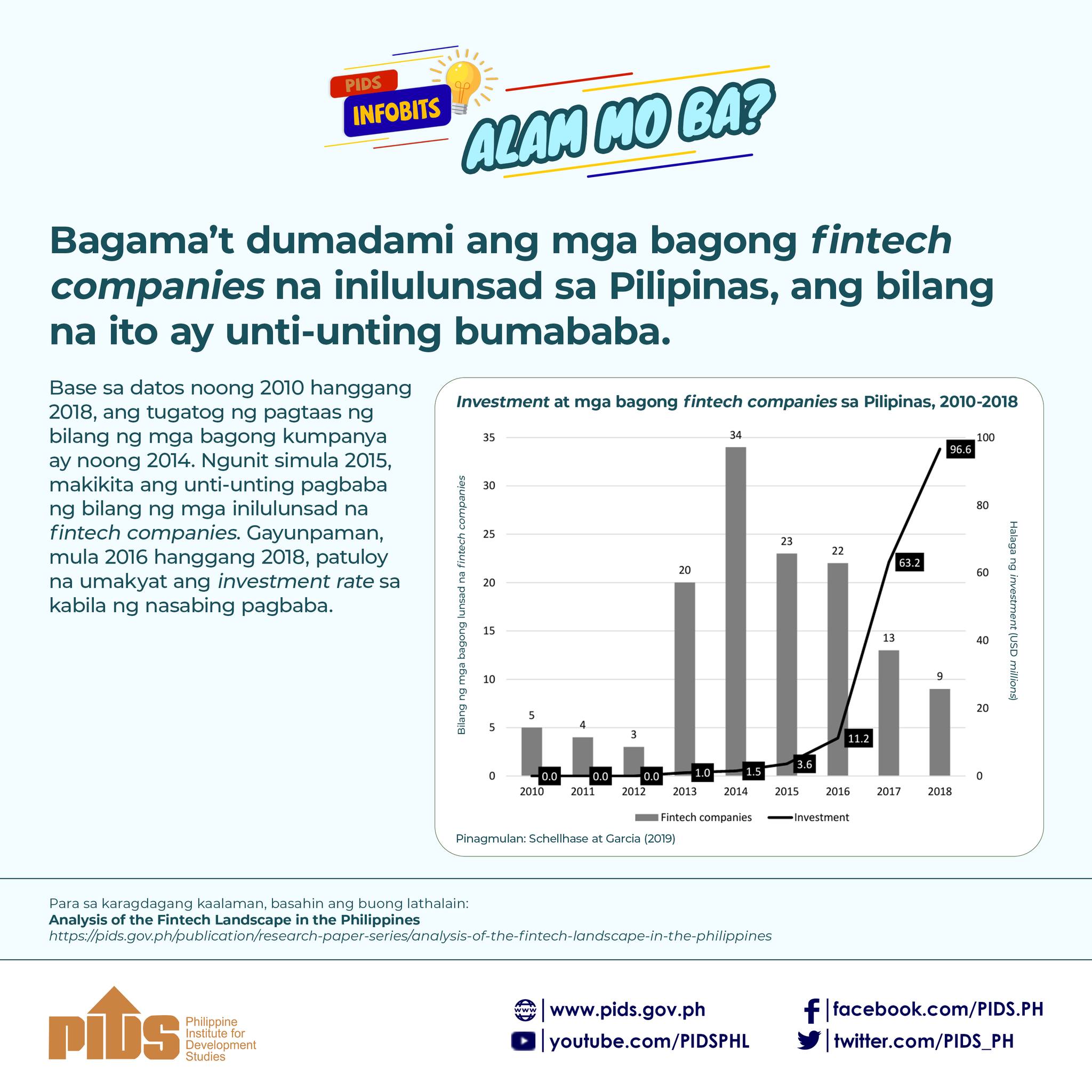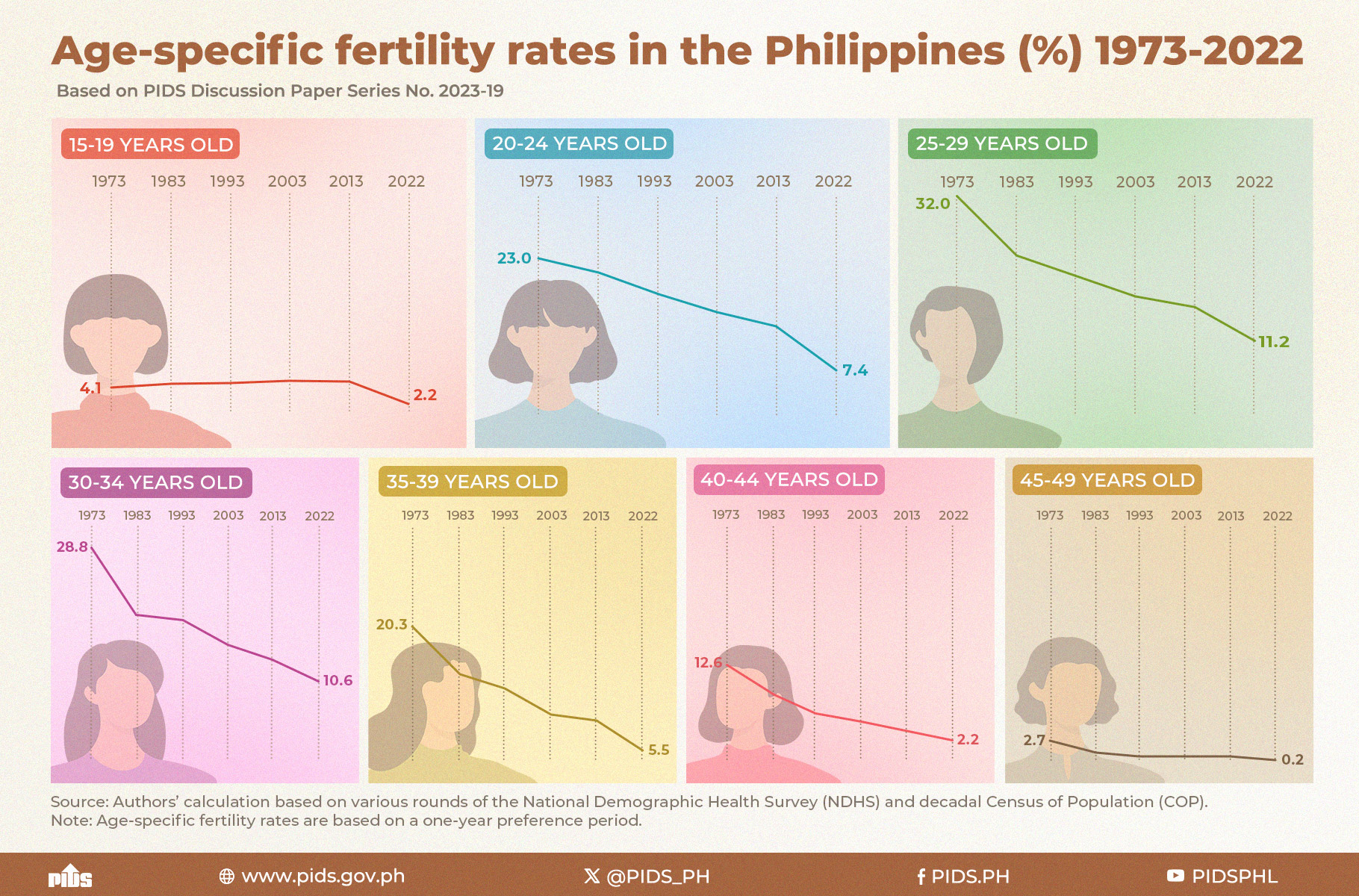MANILA -- Inflation is expected to continue slowing in the coming months after prices of basic goods and services decelerated to its slowest pace in almost three years, as the rice tariffication law further brings down the price of rice.
The Philippine Statistics Authority (PSA) reported Thursday the country’s headline inflation eased to 1.7 percent in August 2019, bringing the year-to-date inflation to 3.0 percent.
It attributed the declining inflation to the slower price increases in food and non-alcoholic beverages which were down to 0.6 percent in August 2019 from 1.9 percent the previous month; housing, water, electricity, gas and other fuels, 1.8 percent from 2.2 percent; and transport, -0.2 percent from 0.7 percent.
Rice deflation was observed for the fourth consecutive month, reaching -5.2 percent in August 2019 from -2.9 percent in July.
“The Rice Liberalization Act (RLA) continues to help increase rice supply in the country. This allows more Filipinos to access cheaper rice. This is especially helpful since a large number of families spends almost 30 percent of their total food expenditure on rice,” said Rosemarie Edillon, National Economic and Development Authority (NEDA) Undersecretary for Policy and Planning and currently Officer-in-Charge (OIC), in a statement.
Domestic retail and wholesale price of rice is now lower compared to the price levels last year, down by 10 to 13 percent year-on-year or around PHP4.20-PHP5.20 per kilo. This is due to the higher inventory, increasing by 31.9 percent in July 2019.
Edillon underscored the need to fast-track the rollout of the programs and projects under the Rice Competitive Enhancement Fund (RCEF) to support the farmers against dropping palay farmgate prices.
The RLA, signed into law six months ago, aims to improve food security in the country, strengthen the rice industry, and promote a more competitive domestic rice market.
PSA Undersecretary and National Statistician Claire Dennis Mapa said the August’s 5.2-percent decline was the steepest fall in rice prices so far this year.
“There is that expectation the negative inflation (in rice will continue) for the rest of the year,” he said in a press briefing.
Mapa said overall inflation rate is thus expected to fall further in the coming months, noting “unless there is a shock, we expect continuing decline or stabilizing at that level.”
Dr. Roehlano Briones, Senior Research Fellow at the Philippine Institute for Development Studies (PIDS), said the rice tariffication law plays a significant role in the slowdown of the inflation rate.
“Further reduction in rice is such a big chunk of the consumer basket plus the stable or even slightly appreciating exchange rate, that would also be a positive factor in inflation,” he said in an interview.
Meanwhile, PSA reported that inflation in the National Capital Region (NCR) continued to move at a slower pace in August at 1.4 percent from 2.3 percent the previous month.
Following the same trend as in the national level and in NCR, inflation in Areas Outside the National Capital Region eased further to 1.8 percent from 2.4 percent. (PNA)

